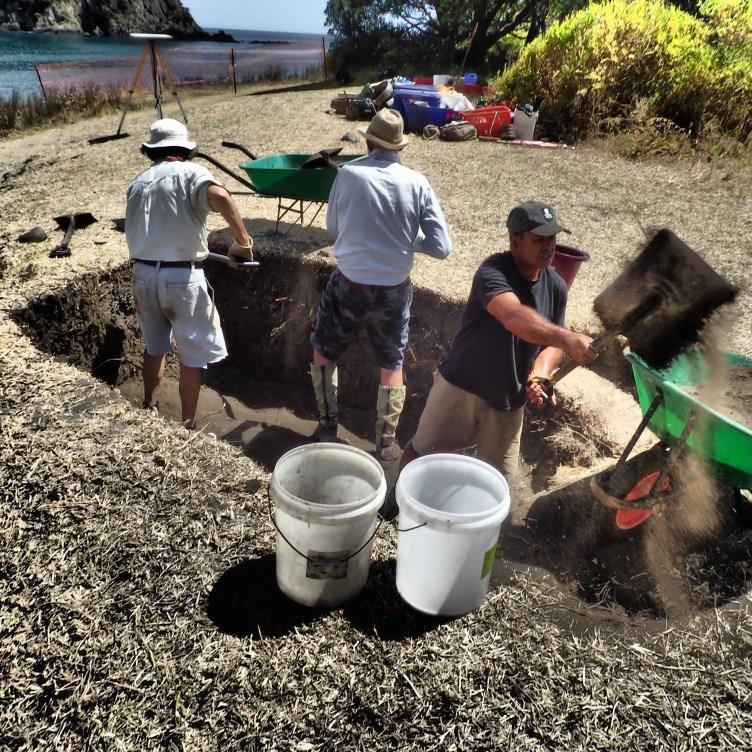When you buy through links on our website , we may garner an affiliate perpetration . Here ’s how it works .
Exploring the island
A squad of archeologists in New Zealand is exploring an former Maori site on Moturua island in the Bay of Islands that they think may have been home to some of the first Polynesian settlers in New Zealand around 700 class ago . The settlement situation , located beside a beach at Mangahawea Bay , was first excavated in 1981 but little of the research from that meter was ever issue .
In January 2017 , a team of archeologist returned to the same dig site on the island , hope to patch together the tale of the site by combining what is live of the 1981 research with the latest in modern archeological techniques .
Revisiting the site
The 2017 dig was the culmination of a nine - year elbow grease by Andrew Blanshard , a ranger and historical ship’s officer for New Zealand ’s Department of Conservation , who first call the island to make a walk track in 2006 .
After ascertain about the 1981 mining , Blanshard tracked down artifacts , enquiry and discipline notebooks from that dig in universities and government section archives around the state .
Dipping into the archives
The field notebook computer and the participation of some of the archaeologist from the 1981 digging set aside this class ’s archeologic squad to carry out their excavations at precisely the same site .
Different layers
The latest dig revealed that the internet site has several layers corresponding to different menses of line of early Maori communities at different stage of cultural development — a rare find in New Zealand where many of the earliest Maori situation were abandoned in favor of better sites after their initial colonization .
Underground oven
A key finding of the recent excavations is a stone - lined underground oven , or hangi , where food would be placed on raging stones and covered over with earth to fix .
Material recovered from the hangi pit includes the castanets of moa , large flightless birds that became nonextant due to depredation by humans soon after the first hoi polloi get in New Zealand around 700 years ago .
Working together
Some older archaeologist from the 1981 excavation were able to take part in this year ’s dig , including John Coster and Dave Veart , seen here with local volunteer Jack Kemp .
All hands on deck
This year ’s archeological site was a partnership between New Zealand ’s Department of Conservation , which manages the island , the Heritage New Zealand cultural authority , archaeologists from Otago University , and penis of two local Maori hapu , or sub - tribes : Ngati Kuta and Patu Keha .
Kaumatua ( elderberry bush ) Matu Clendon , watch here , live on Moturua Island as a boy in the 1950s and get hold of part each daylight of the two - week archeological site .
Fish hooks
Artifacts from the latest dig at Moturua Island admit fragments of fish hooks made from moa ivory and a shield " check " from which shapes have been cut using a all right rock drill .
Shell pendant
This eggshell pendent , found in 1981 at the land site , is likely made from a pearl oyster species determine only in the tropical zone , and not in colder New Zealand waters .
It may have been institute to New Zealand from tropical regions by some of the early generation of Polynesian settlers , who would acquire the autochthonic Maori cultivation in the centuries that keep up .
Next steps
The artefact and samples of material cultivation found during this year ’s excavation at Moturua Island are currently undergoing scientific tests , including carbon dating , that the investigator desire will finally settle the interrogative of the age of the various archeological layers of the land site .




























